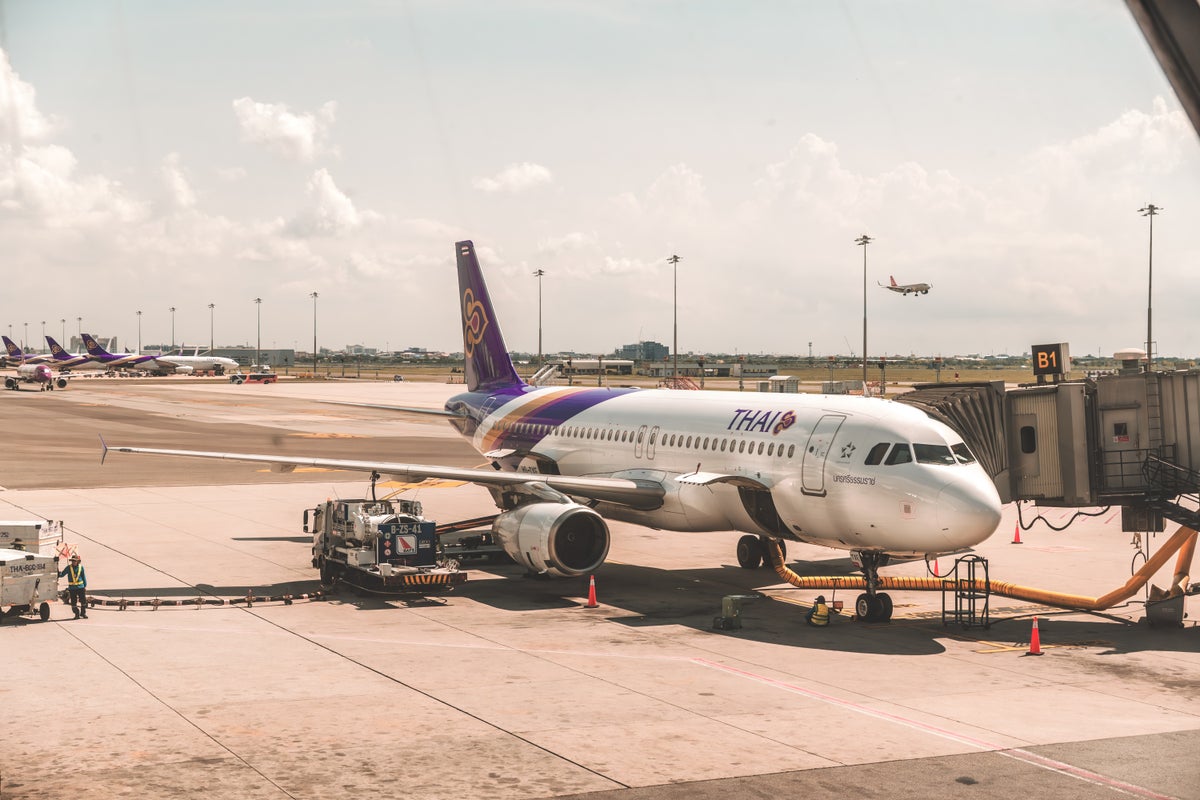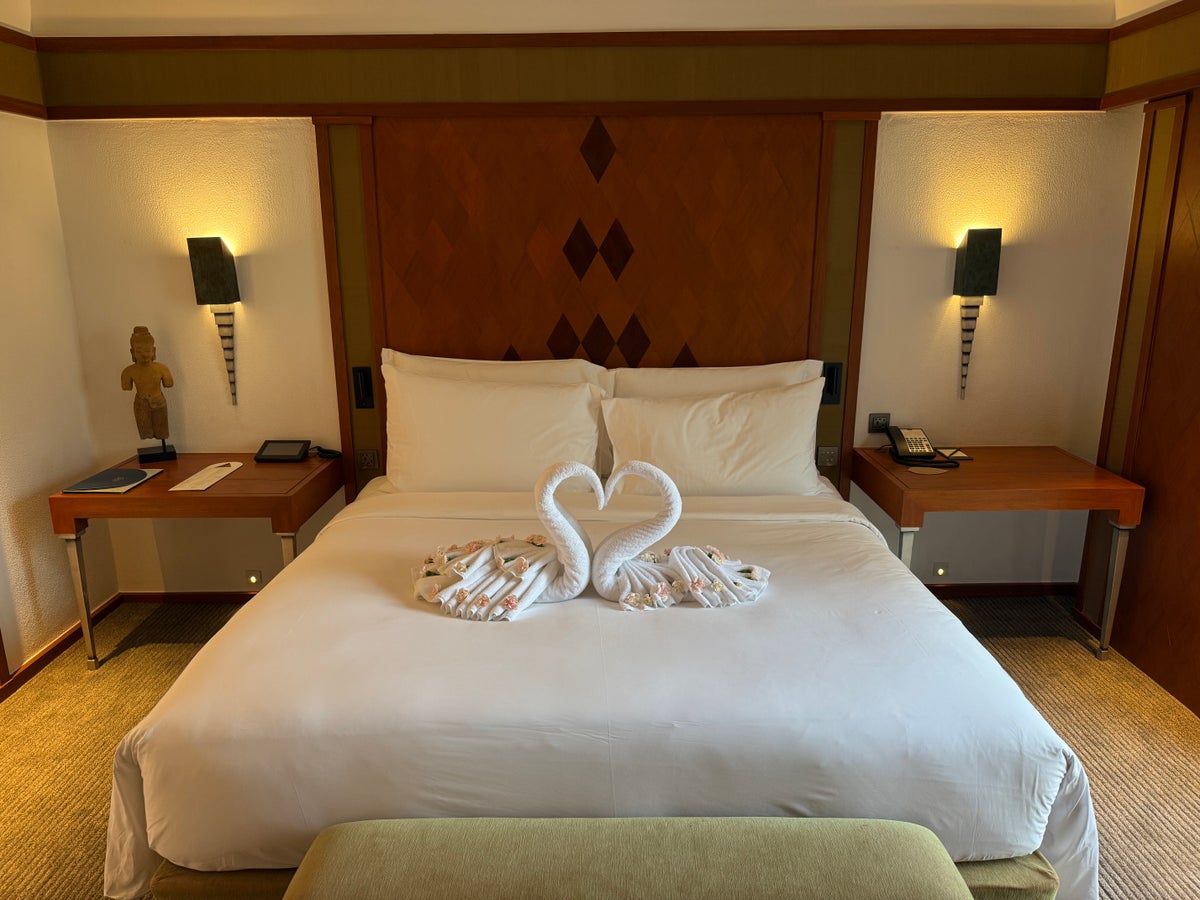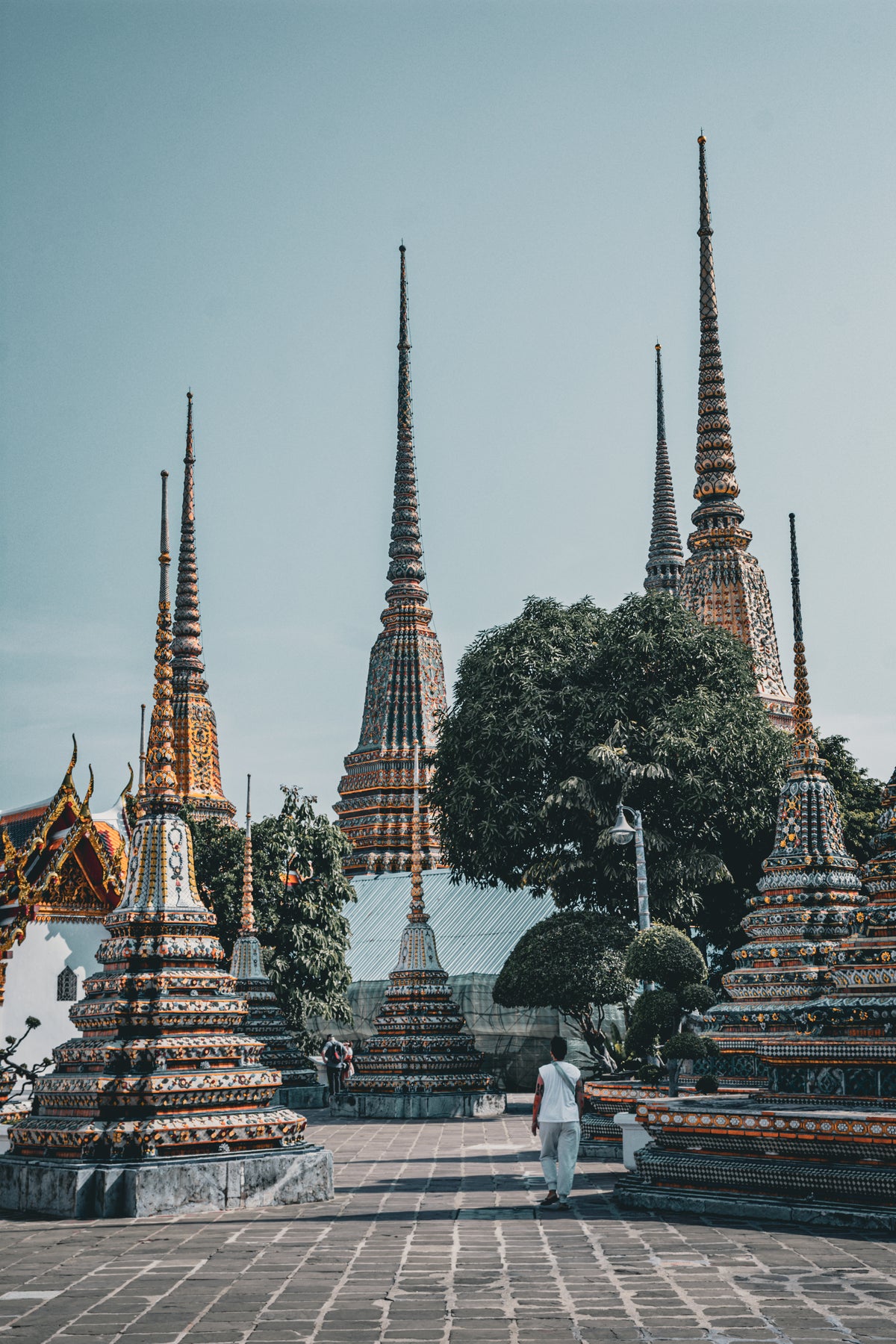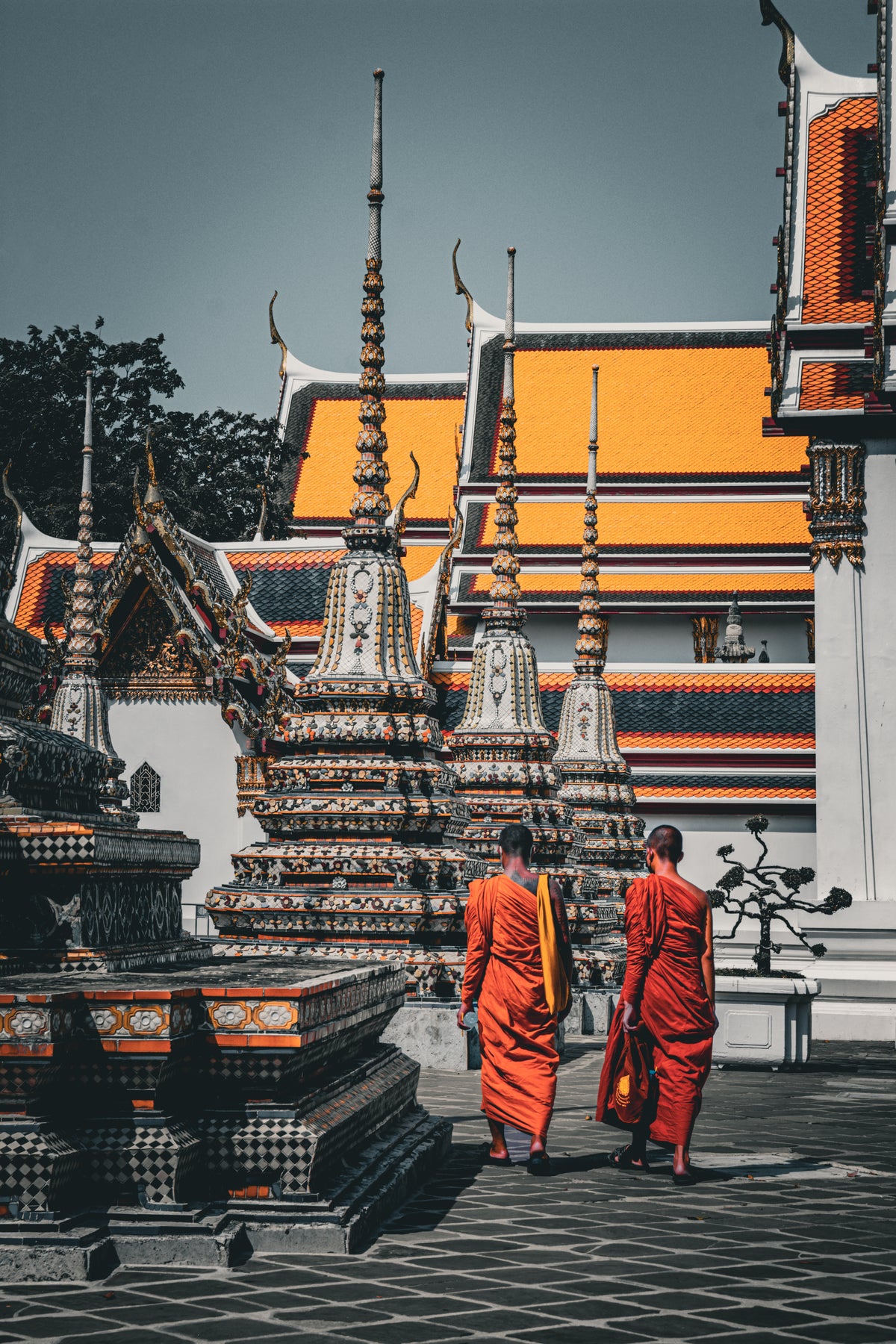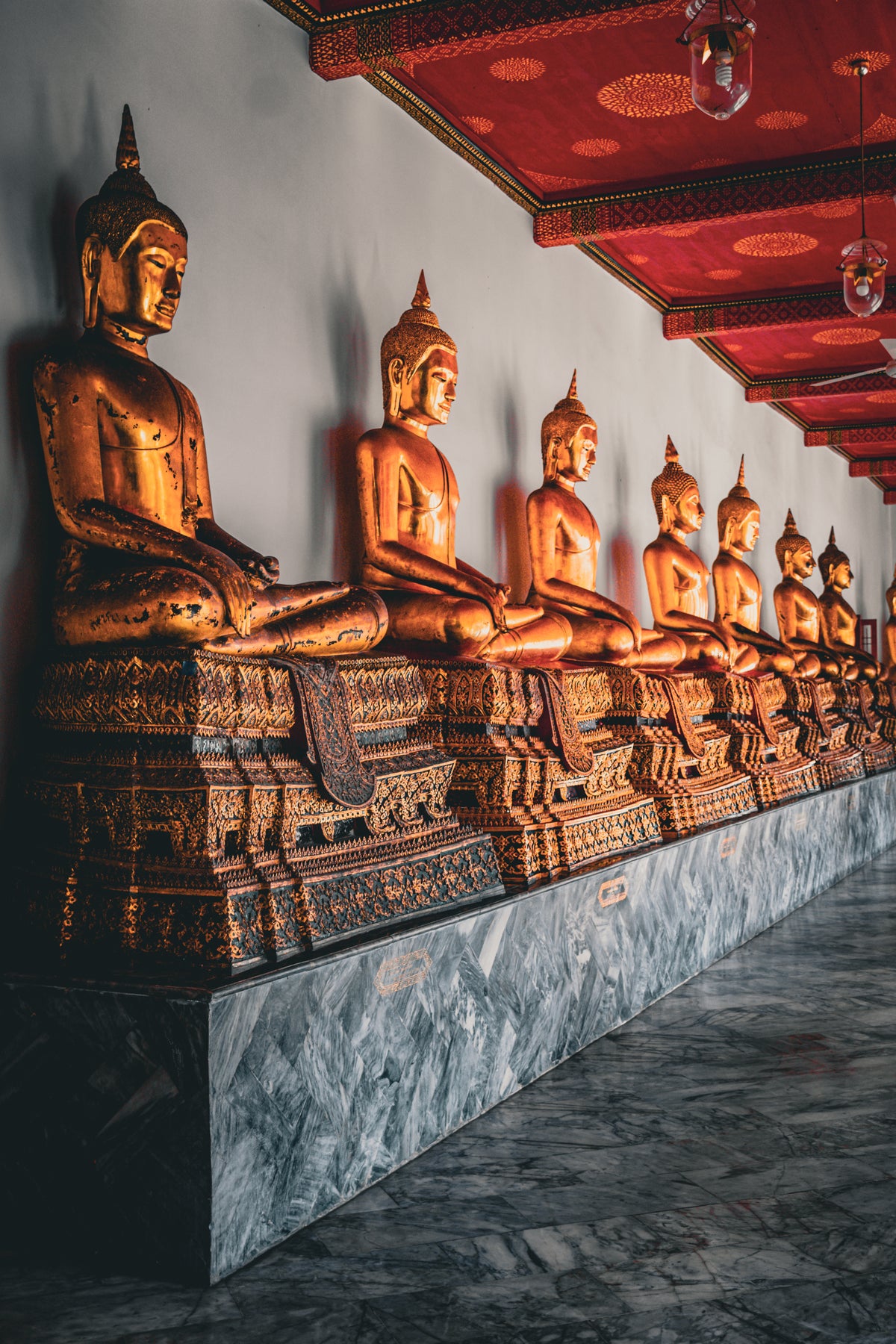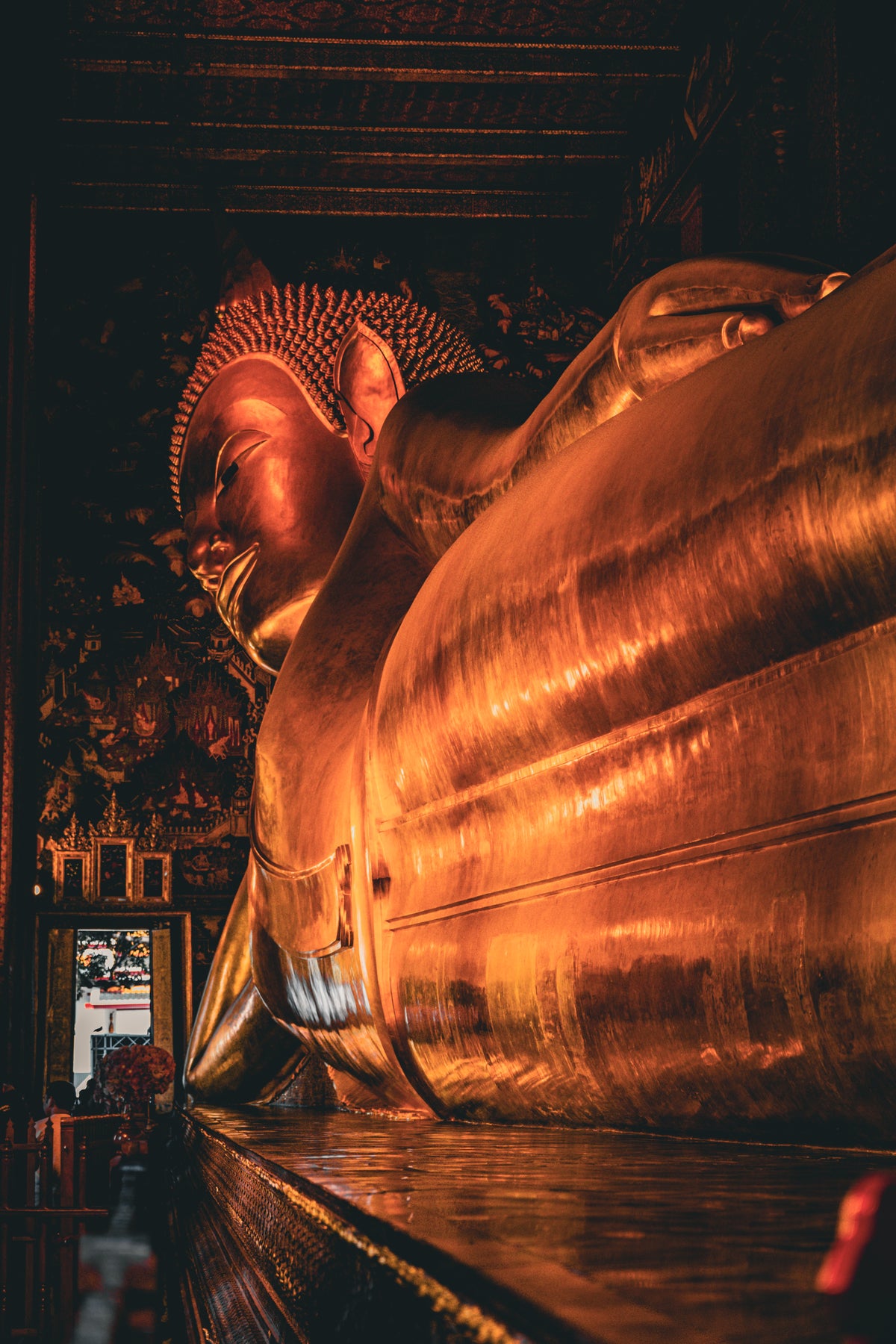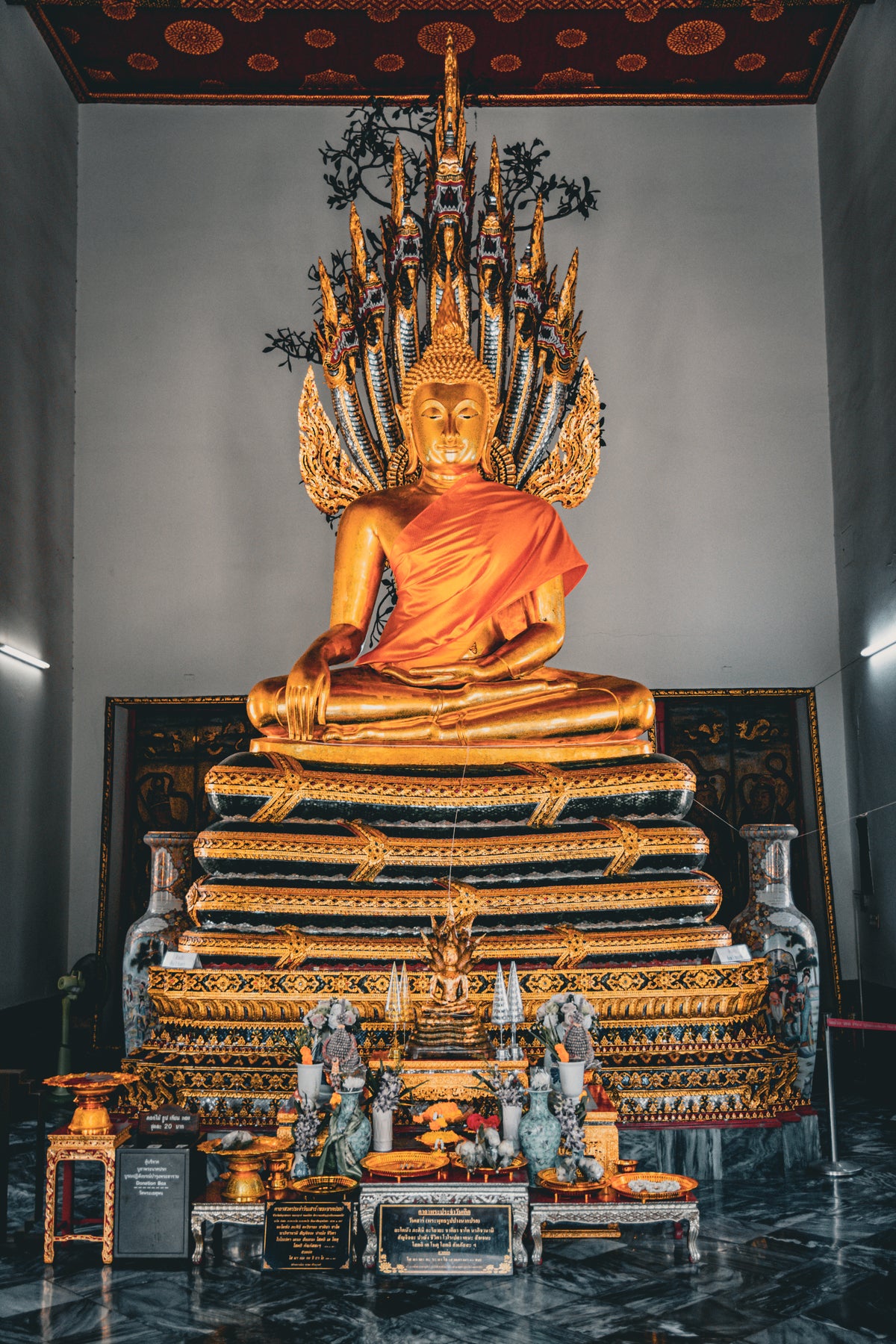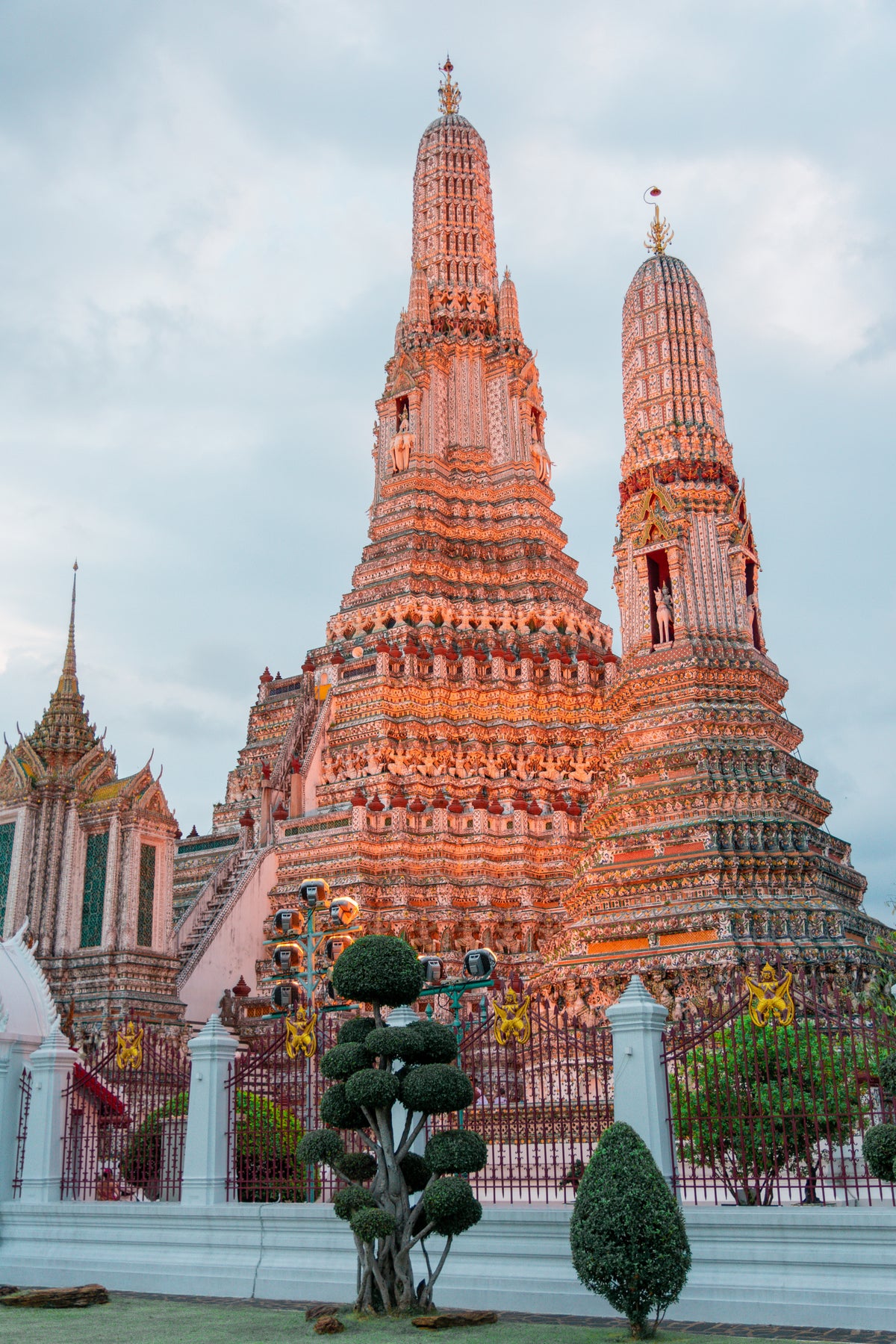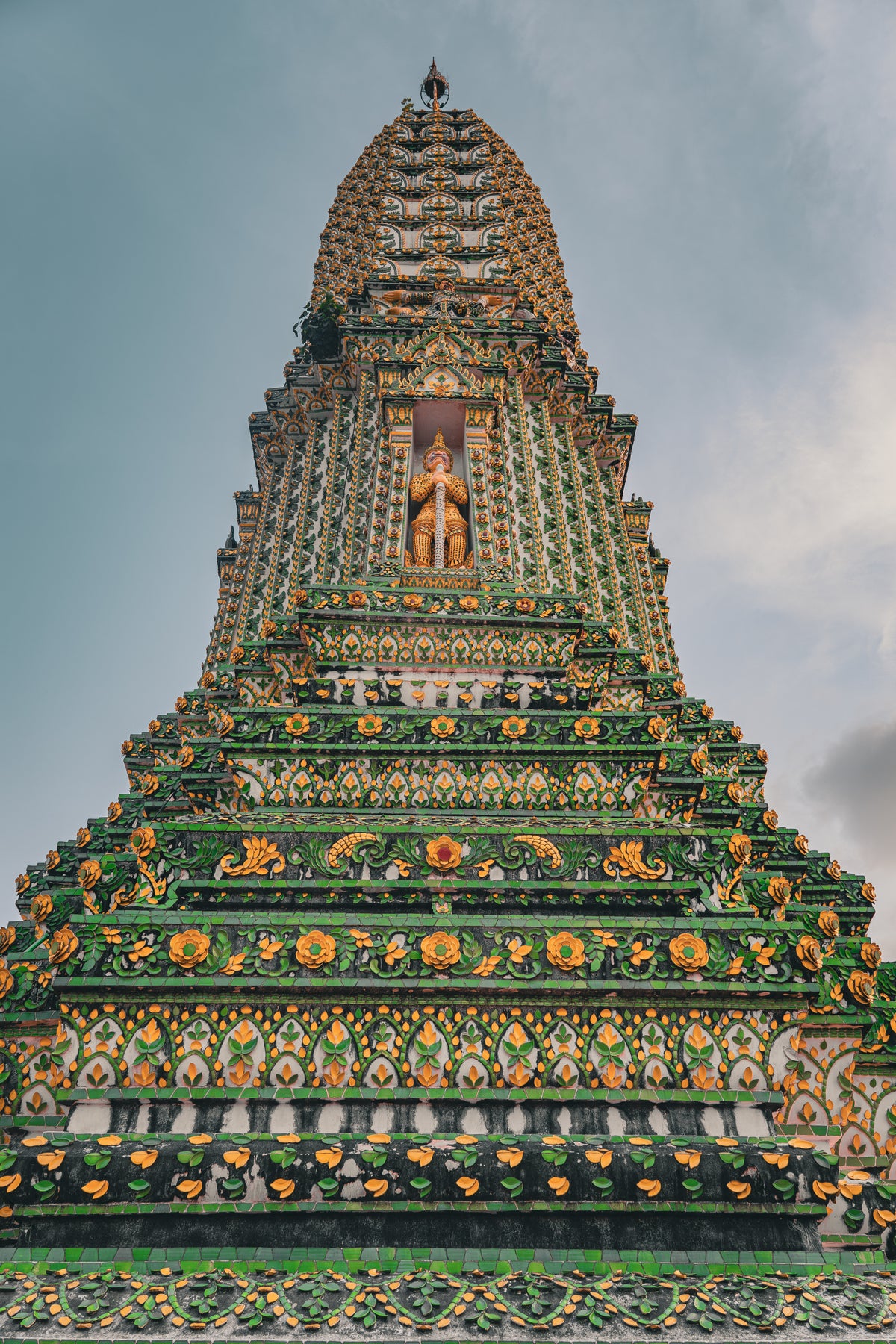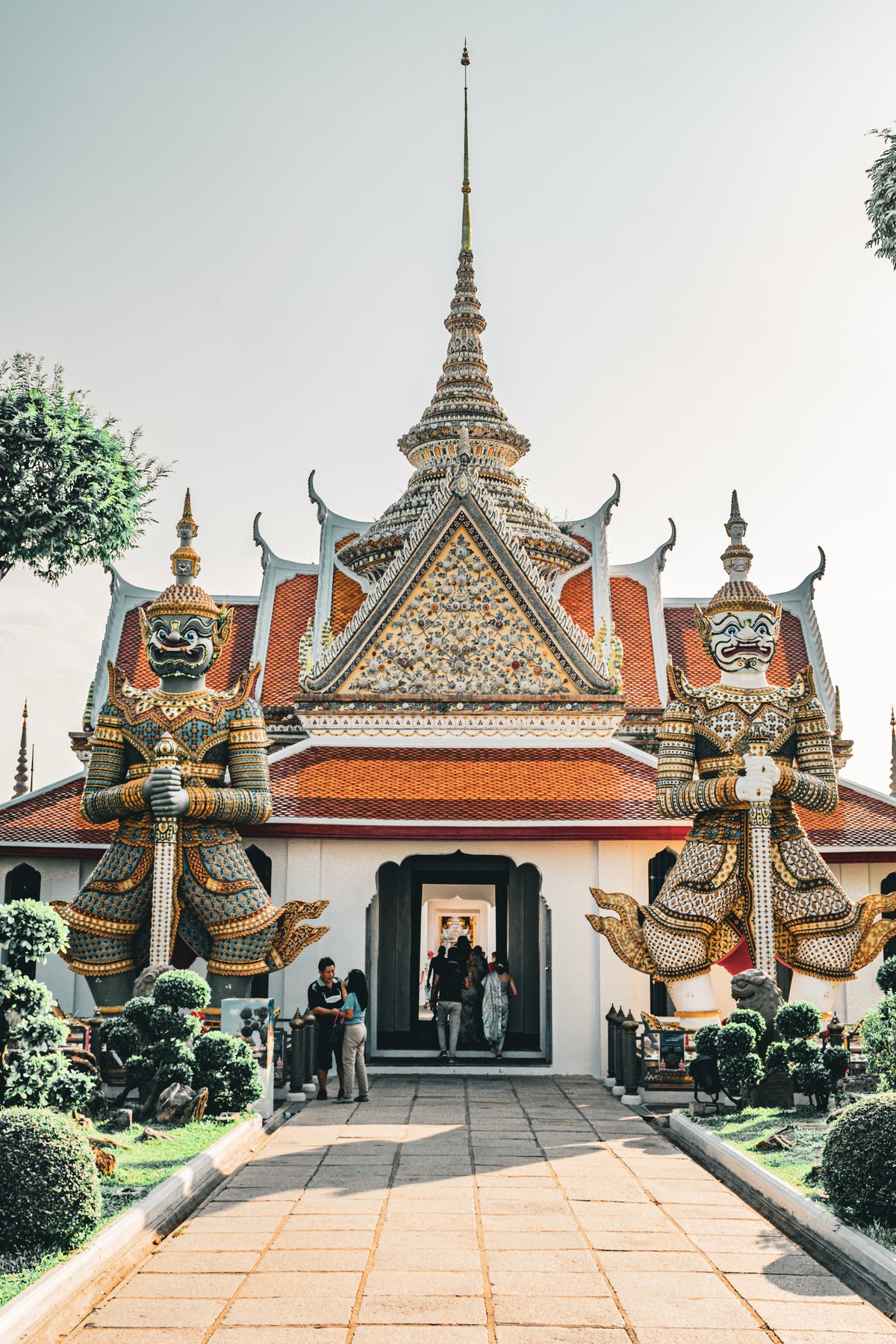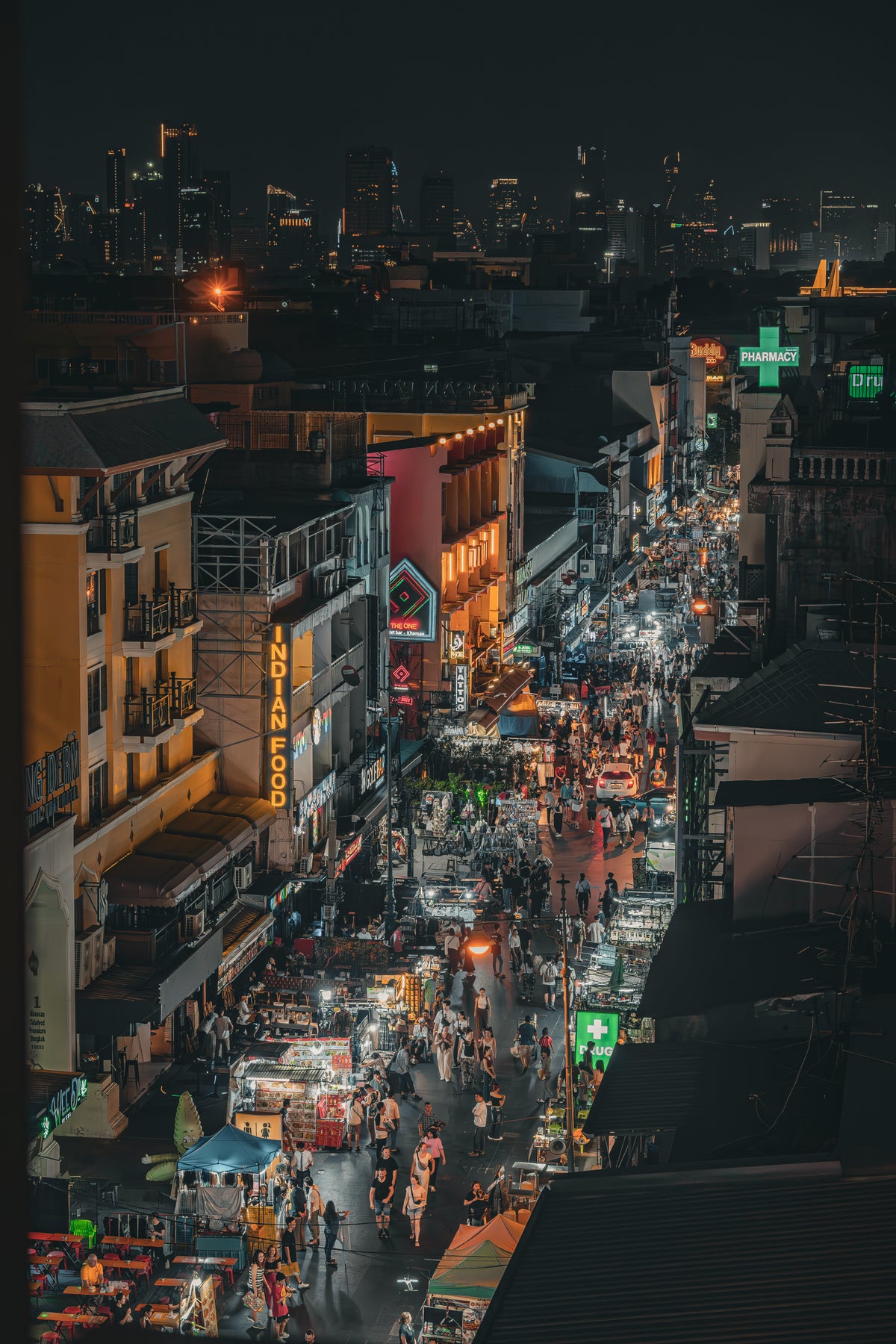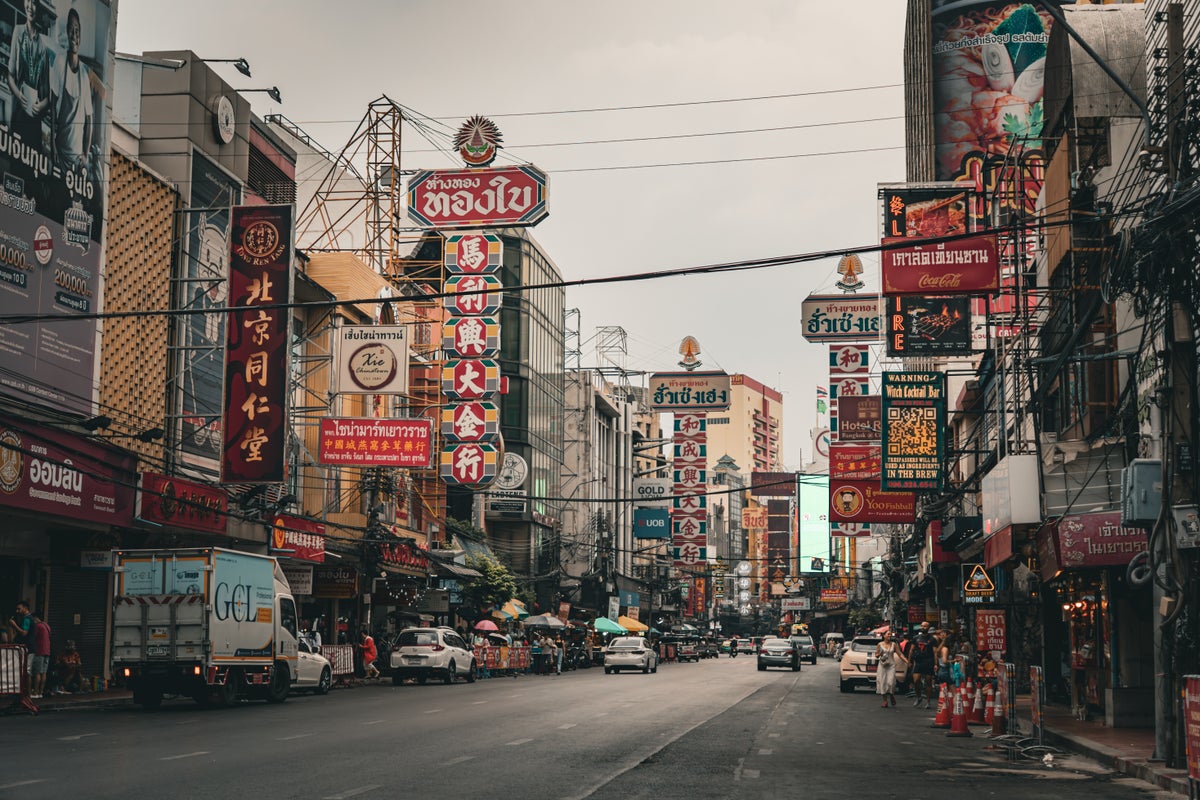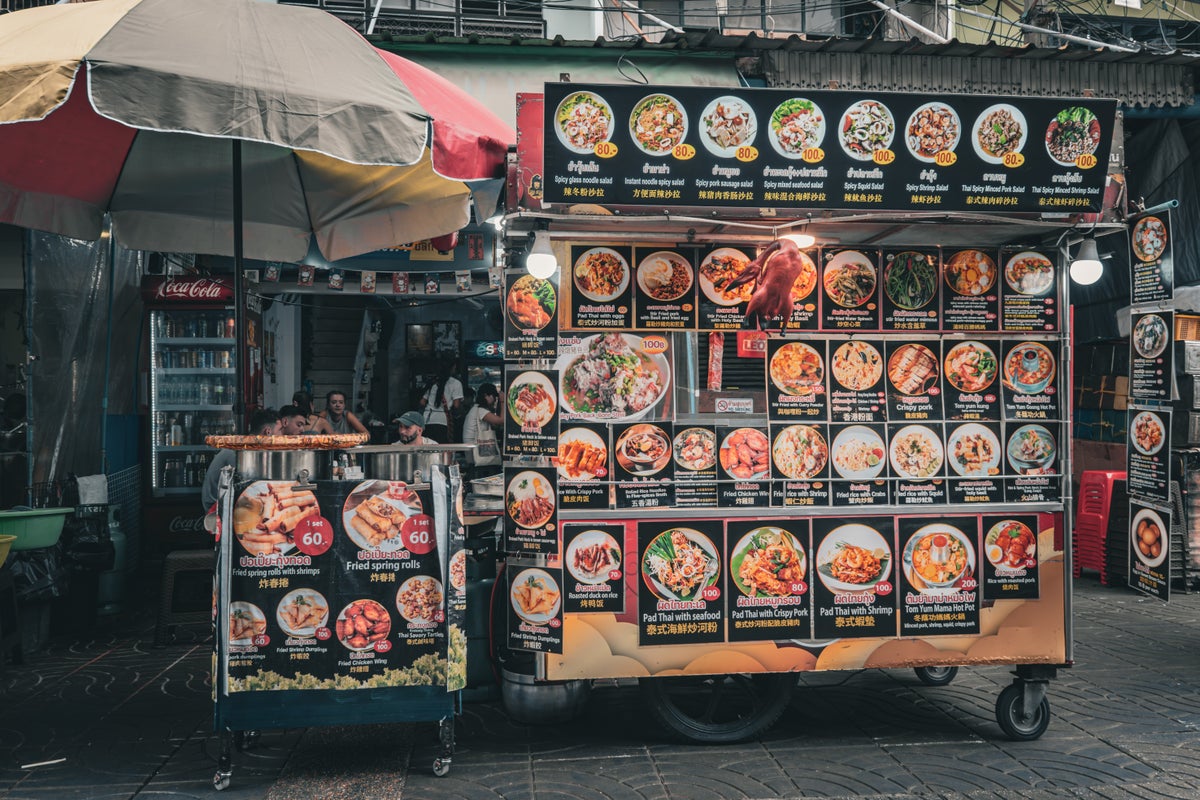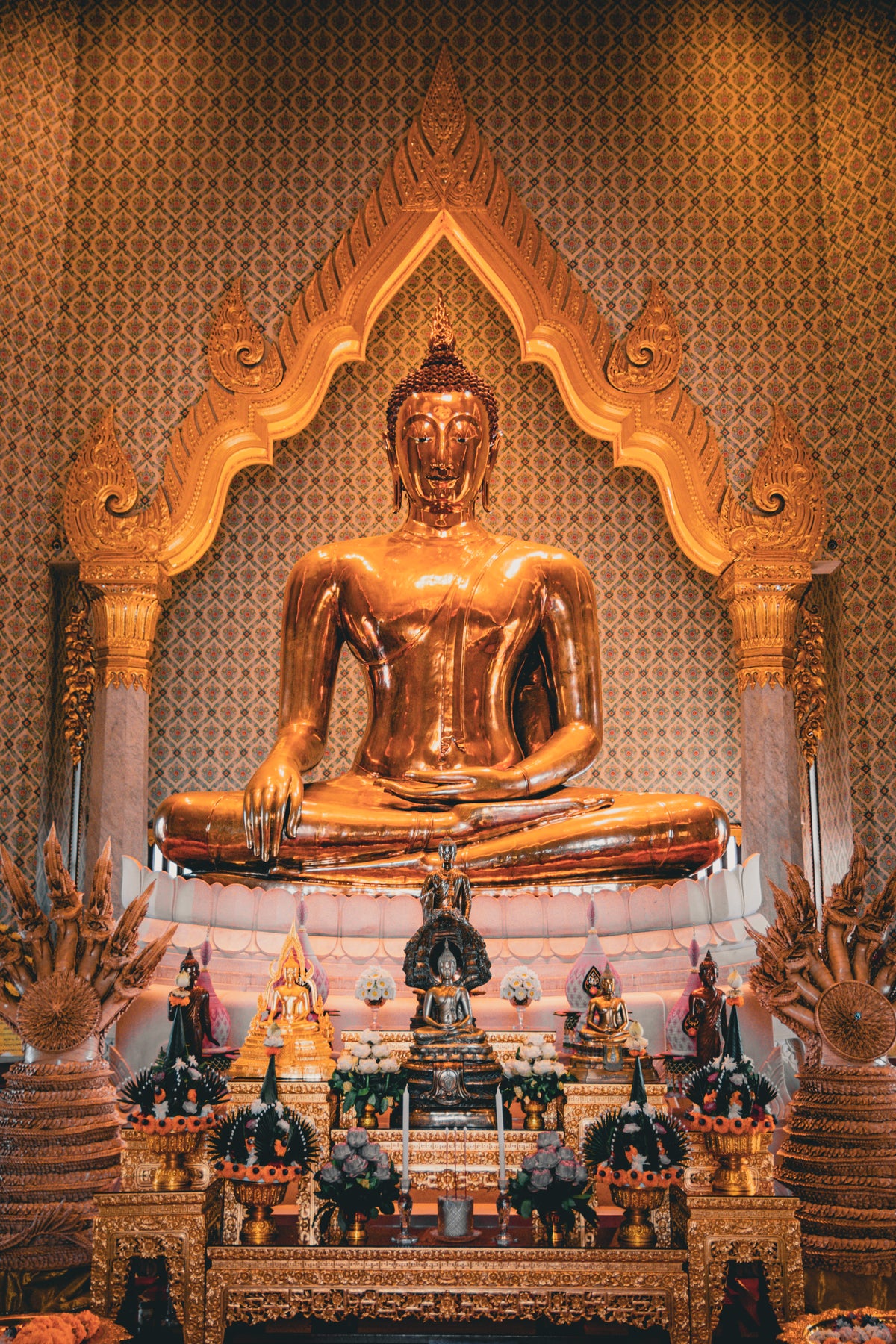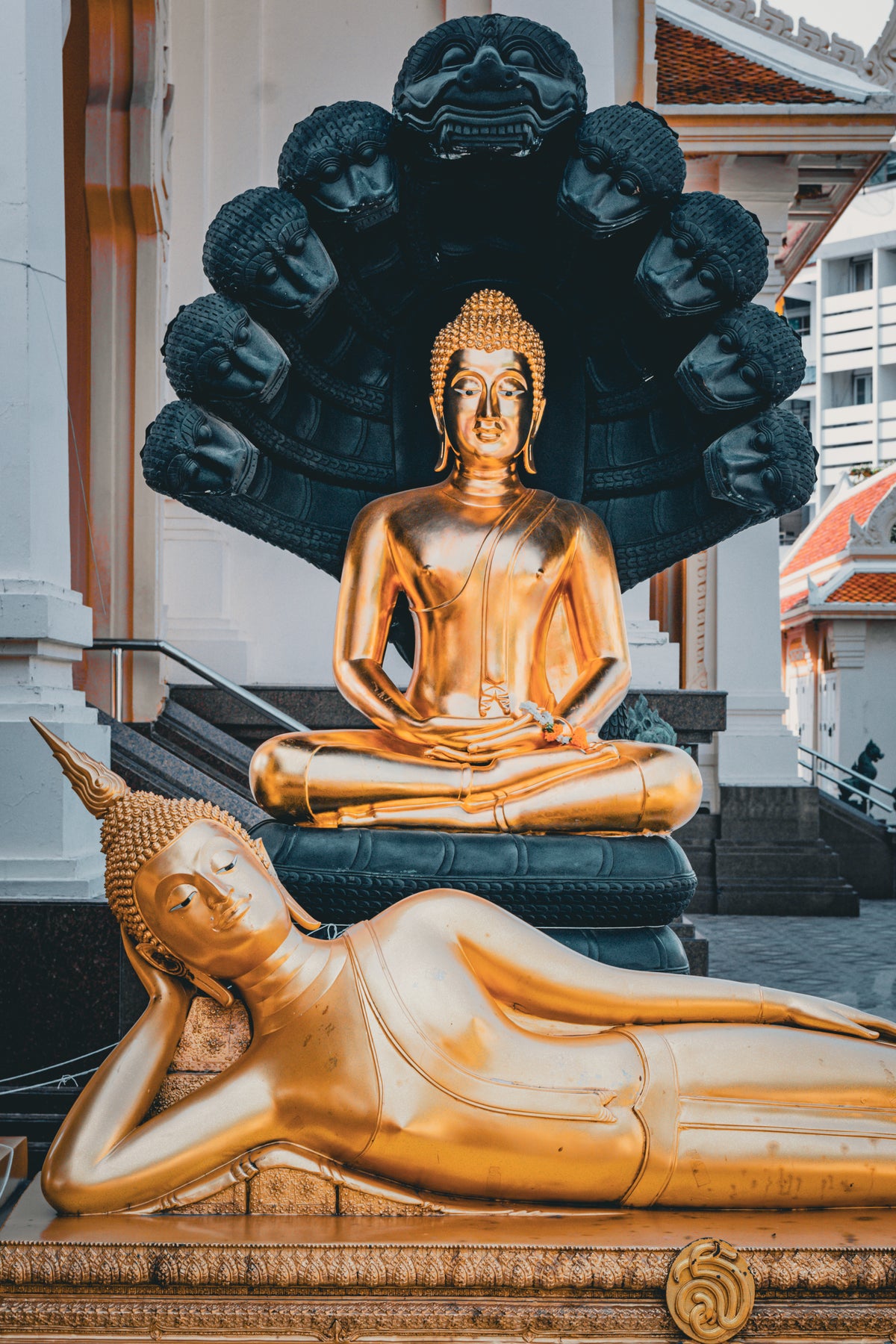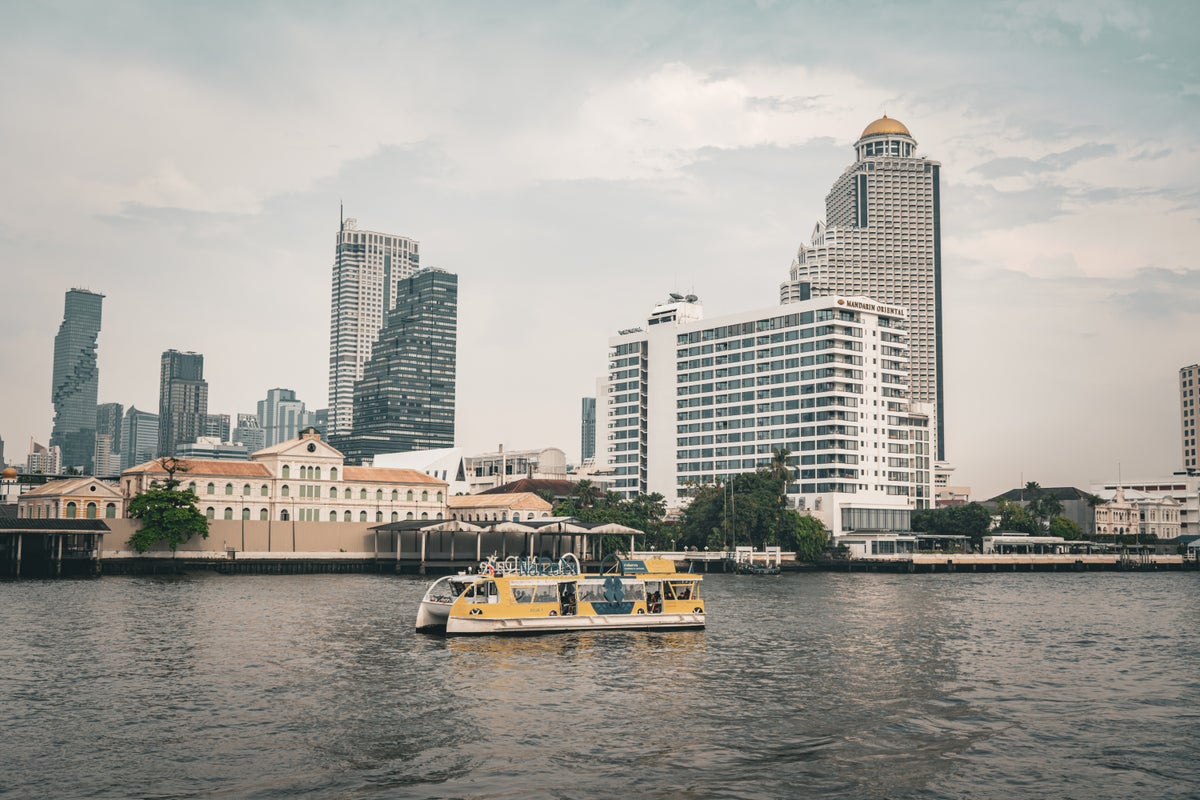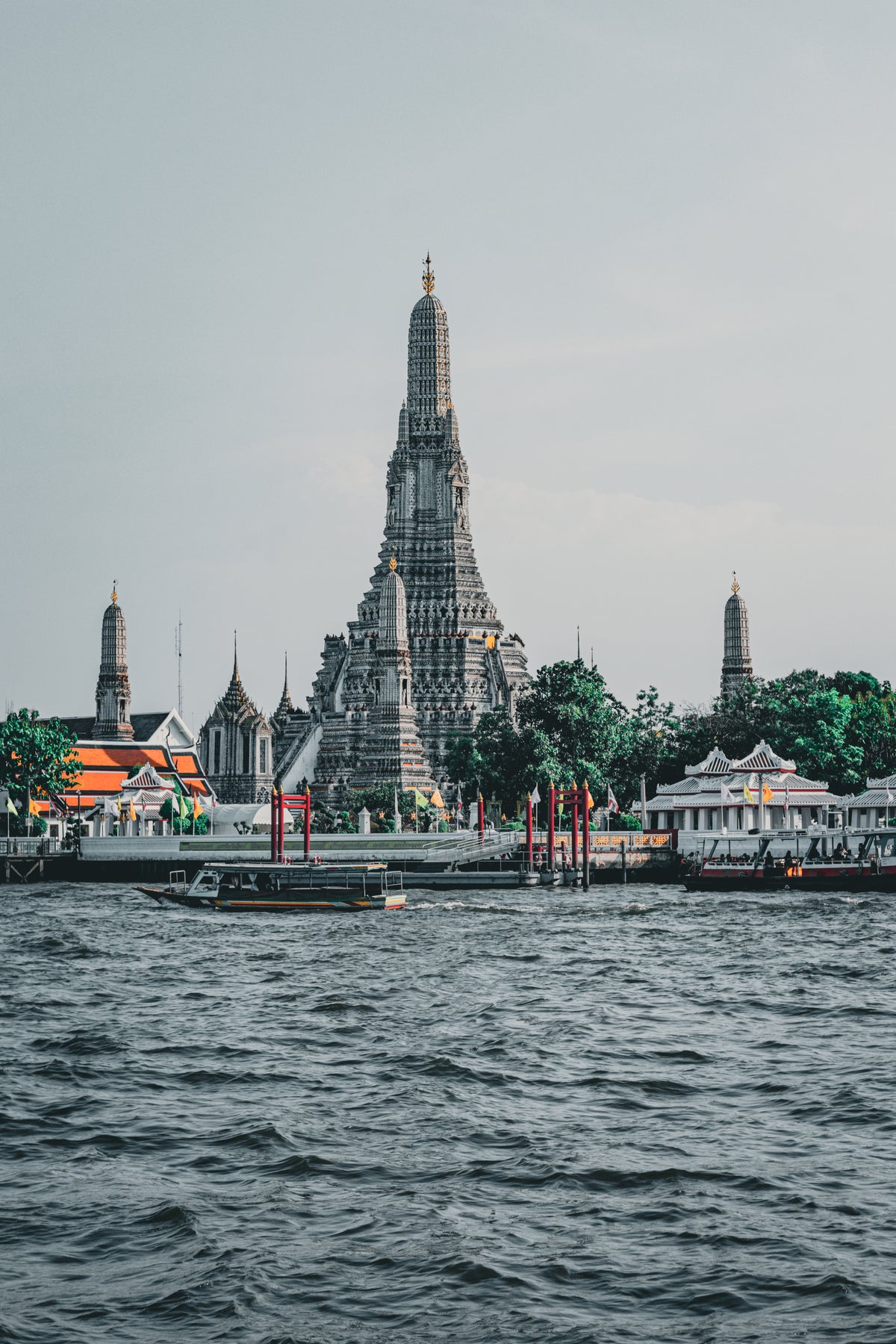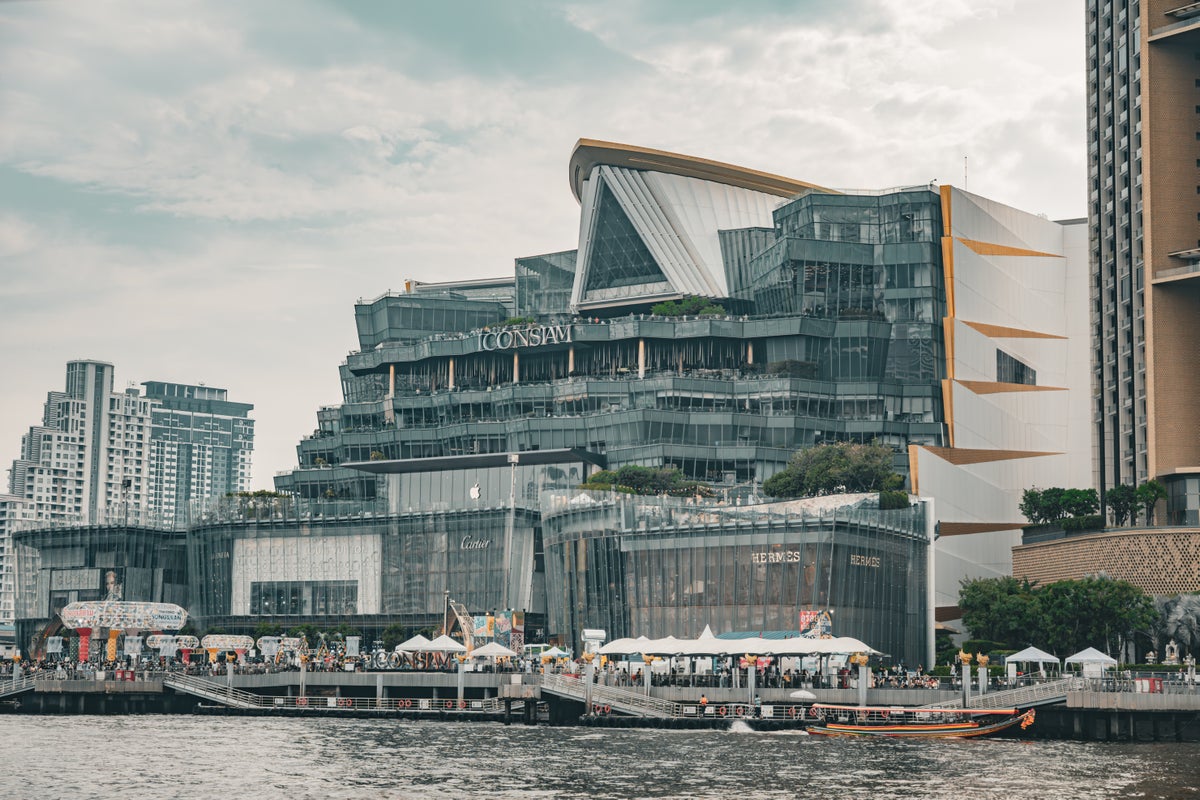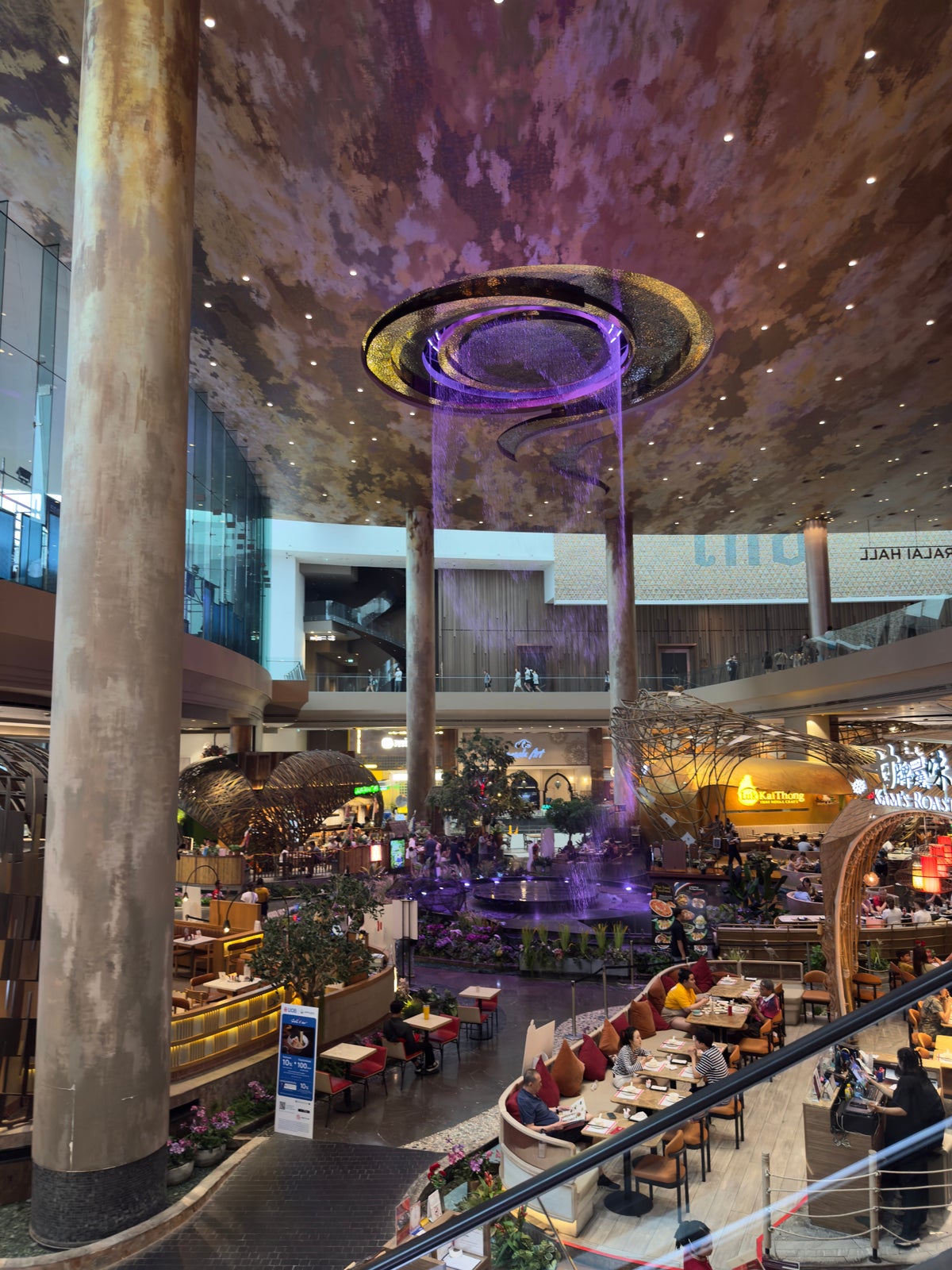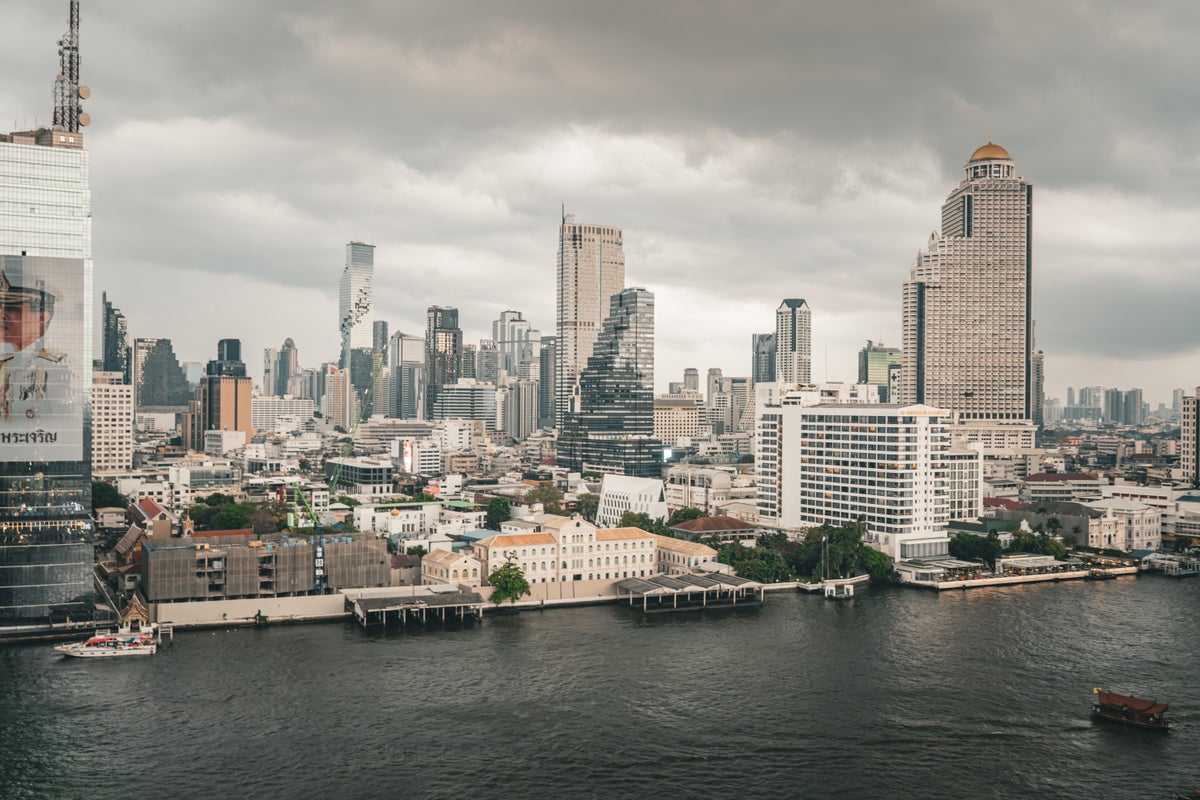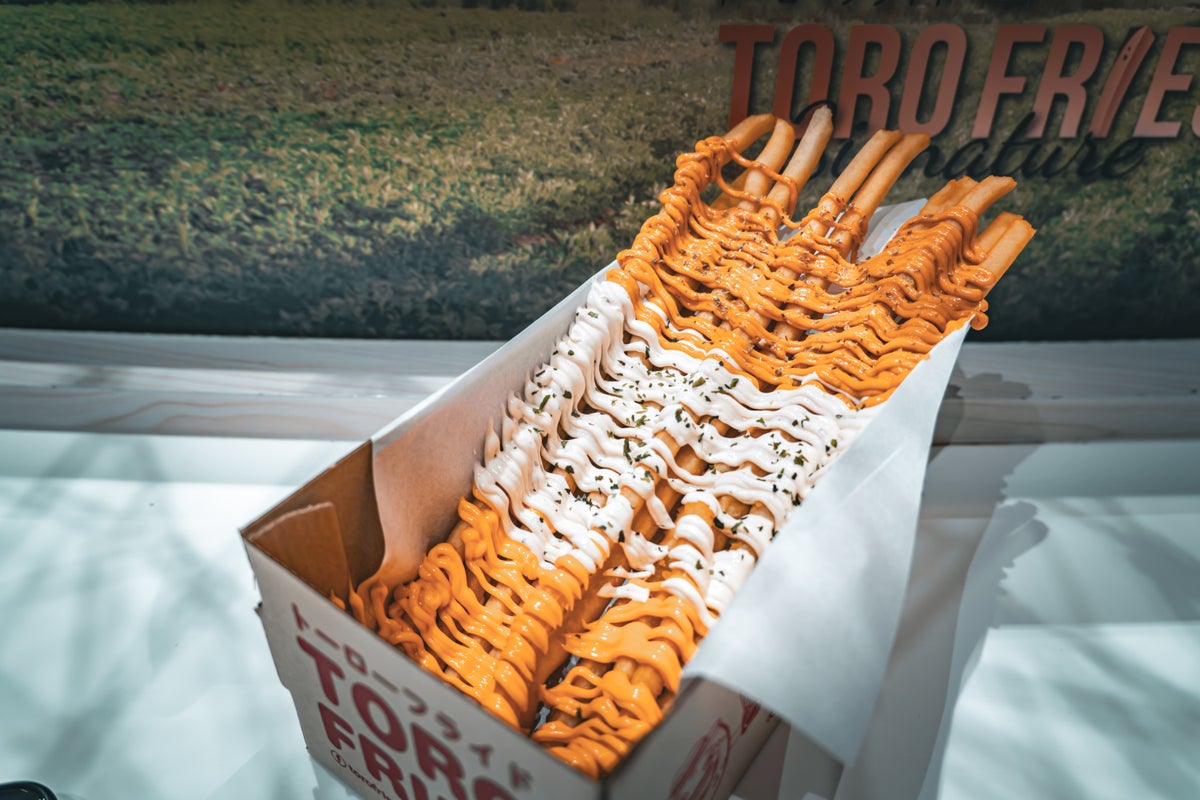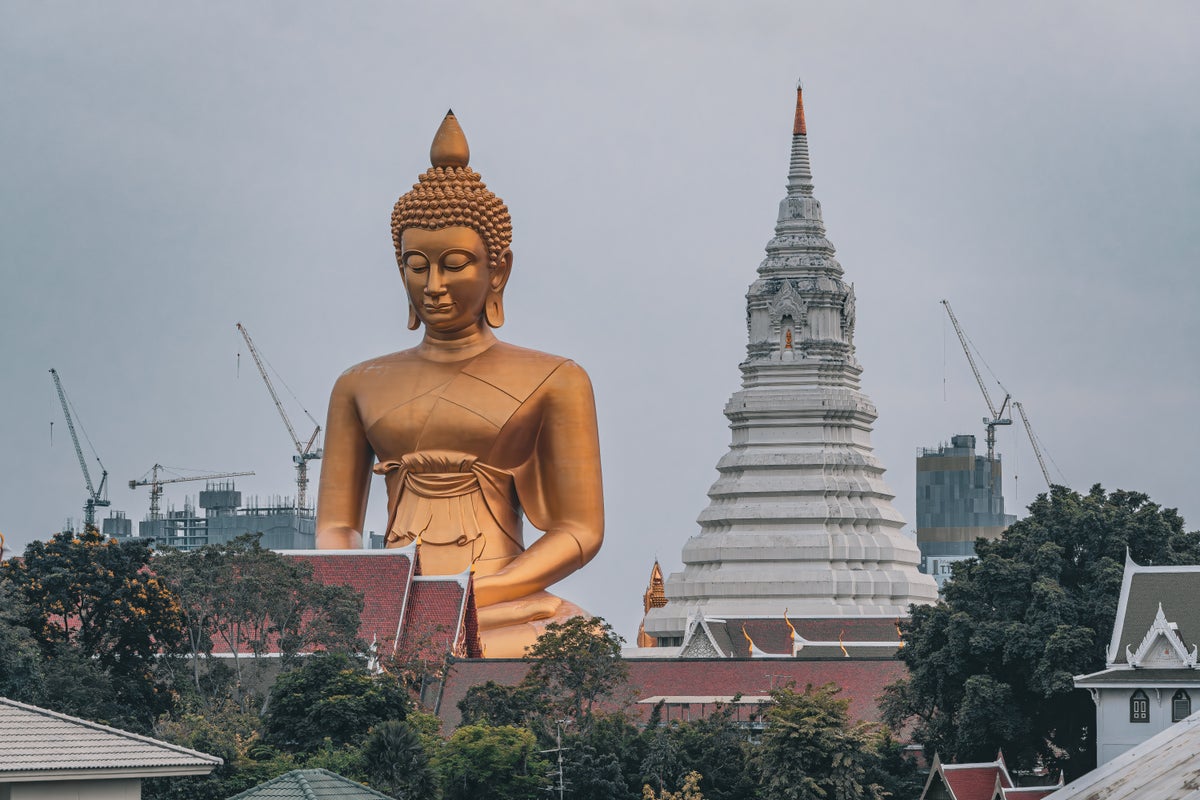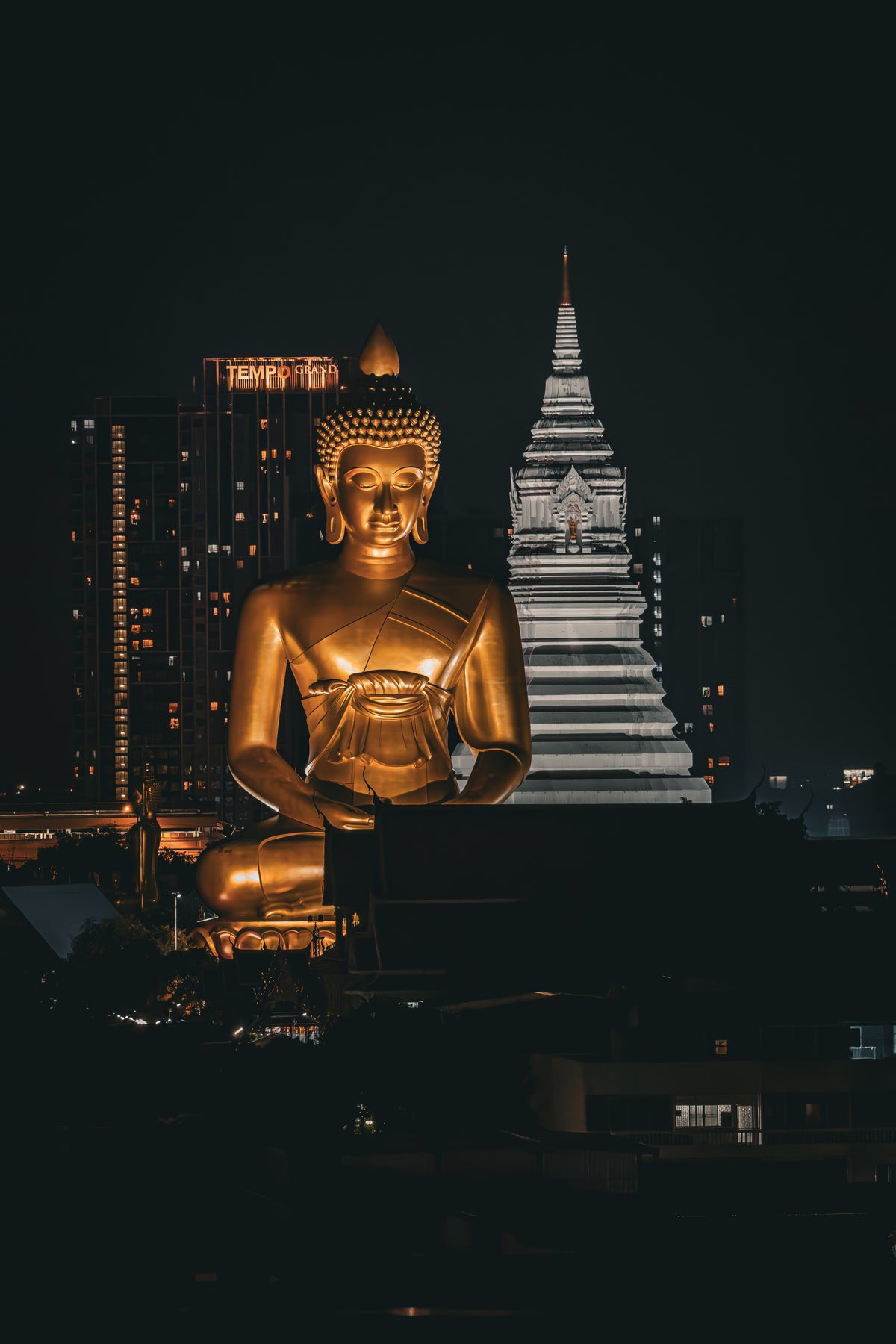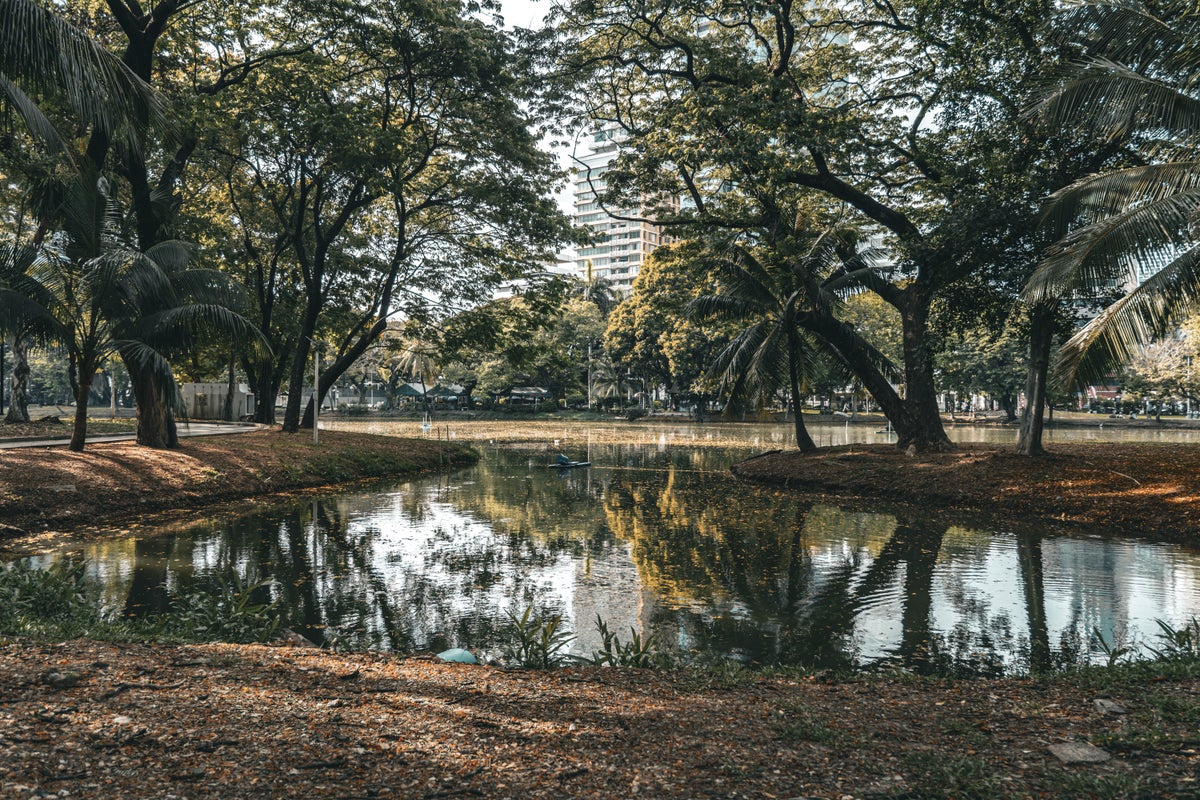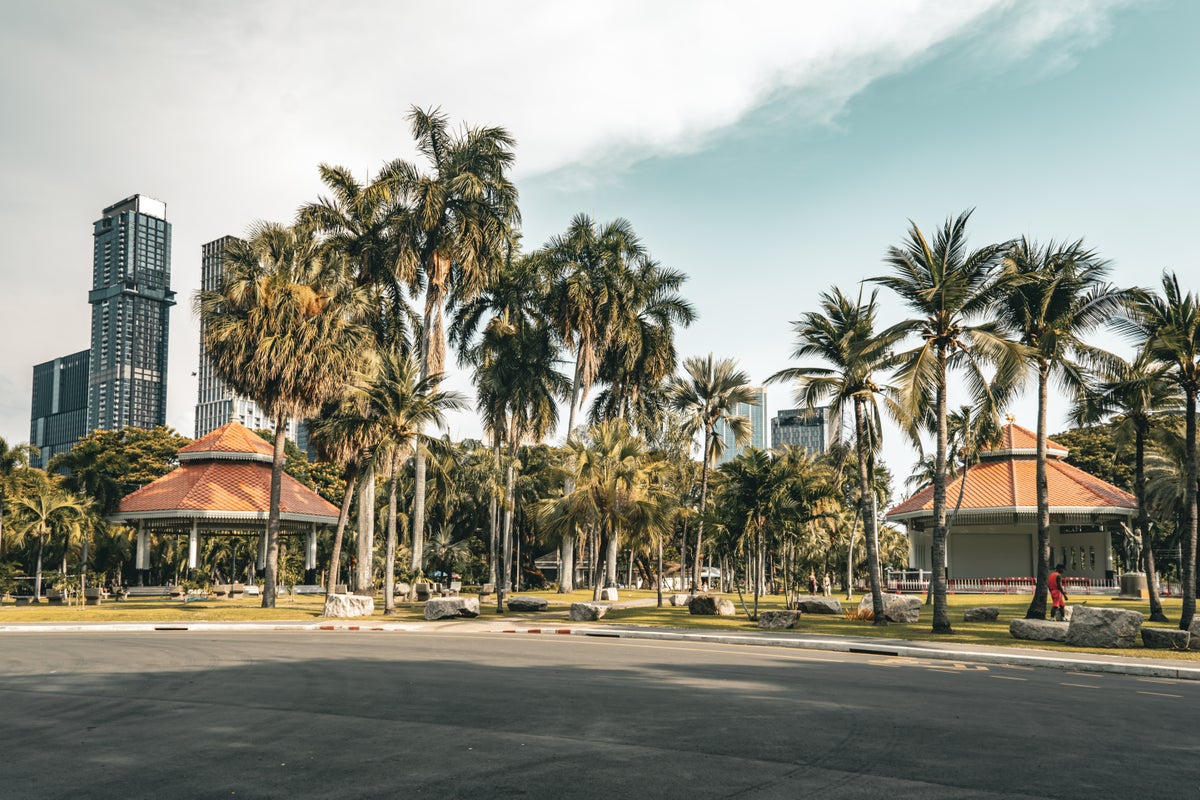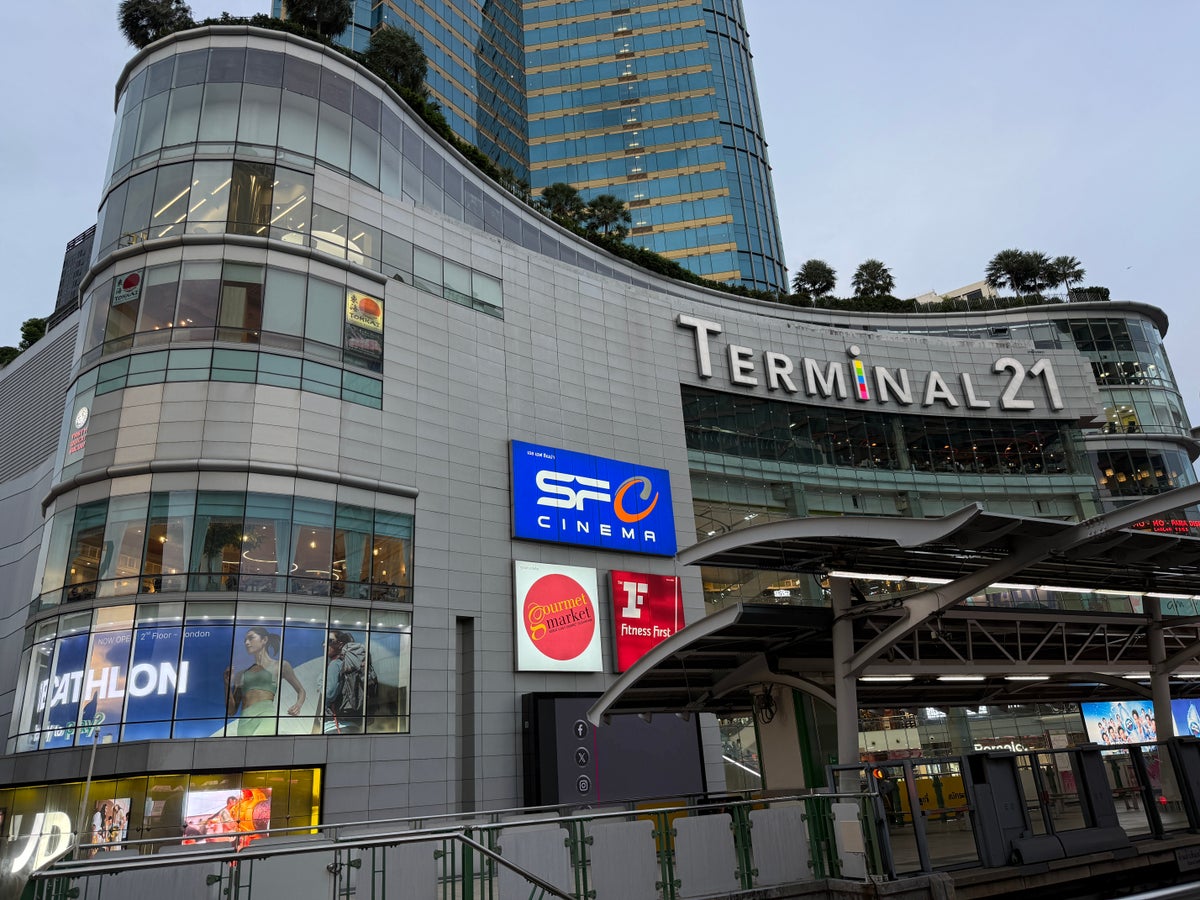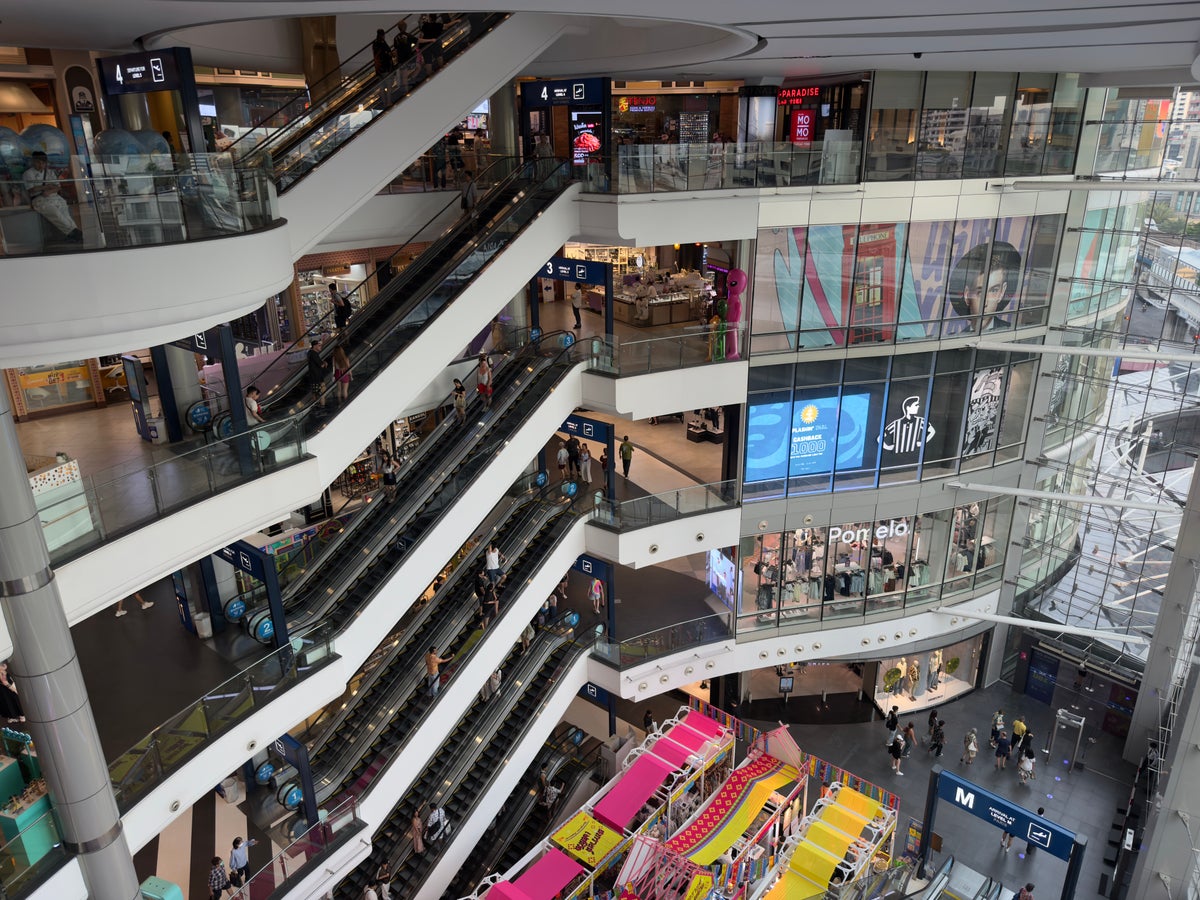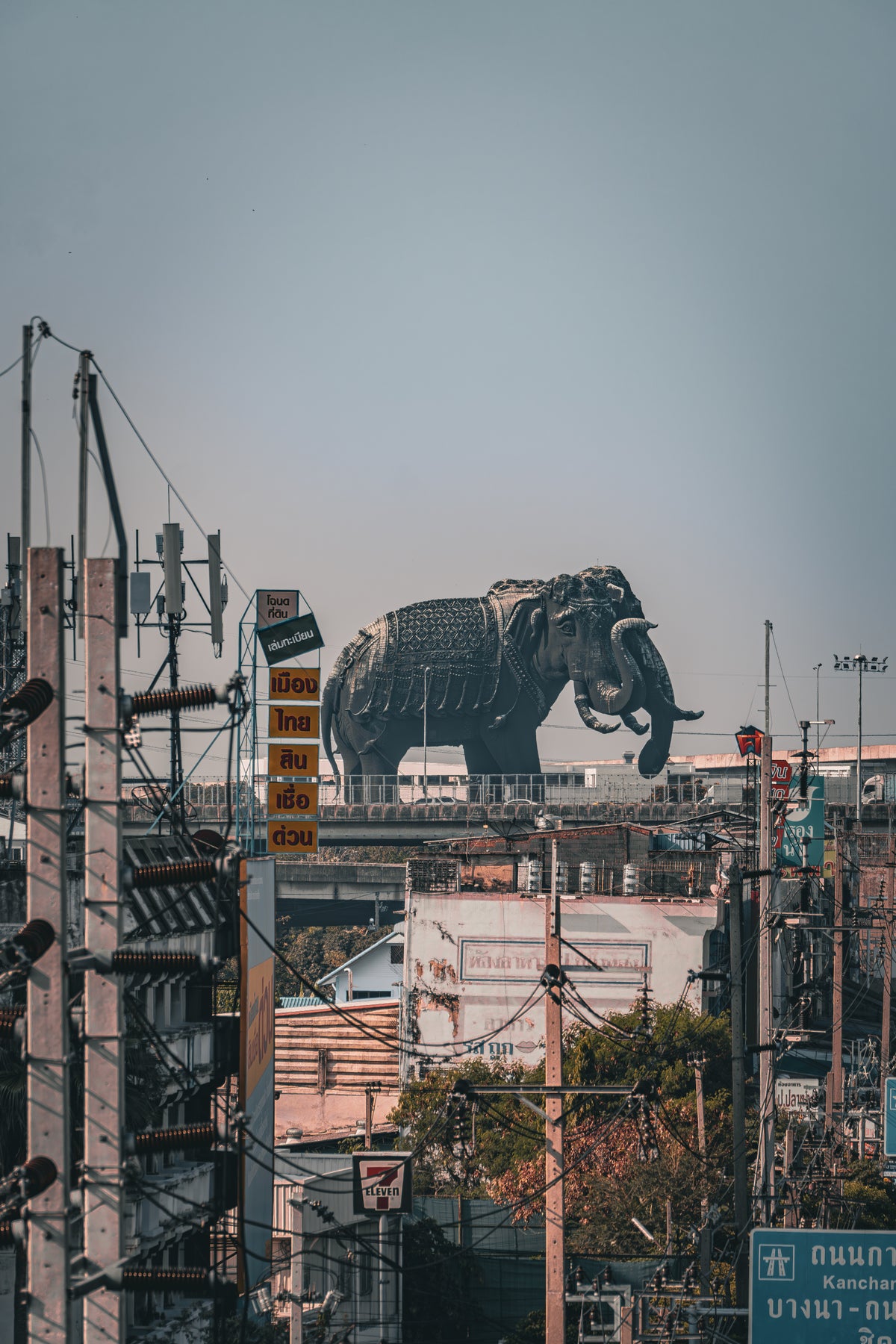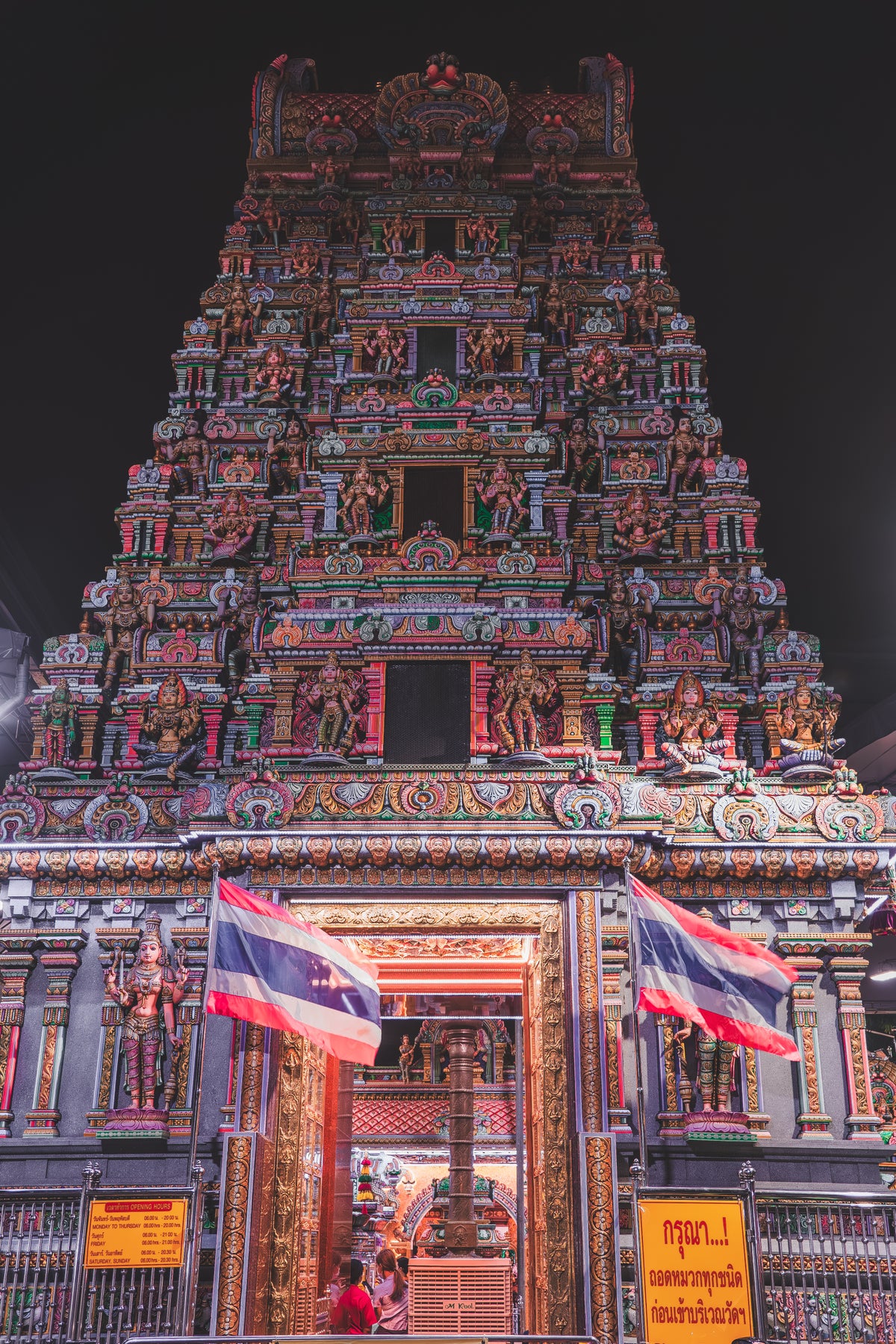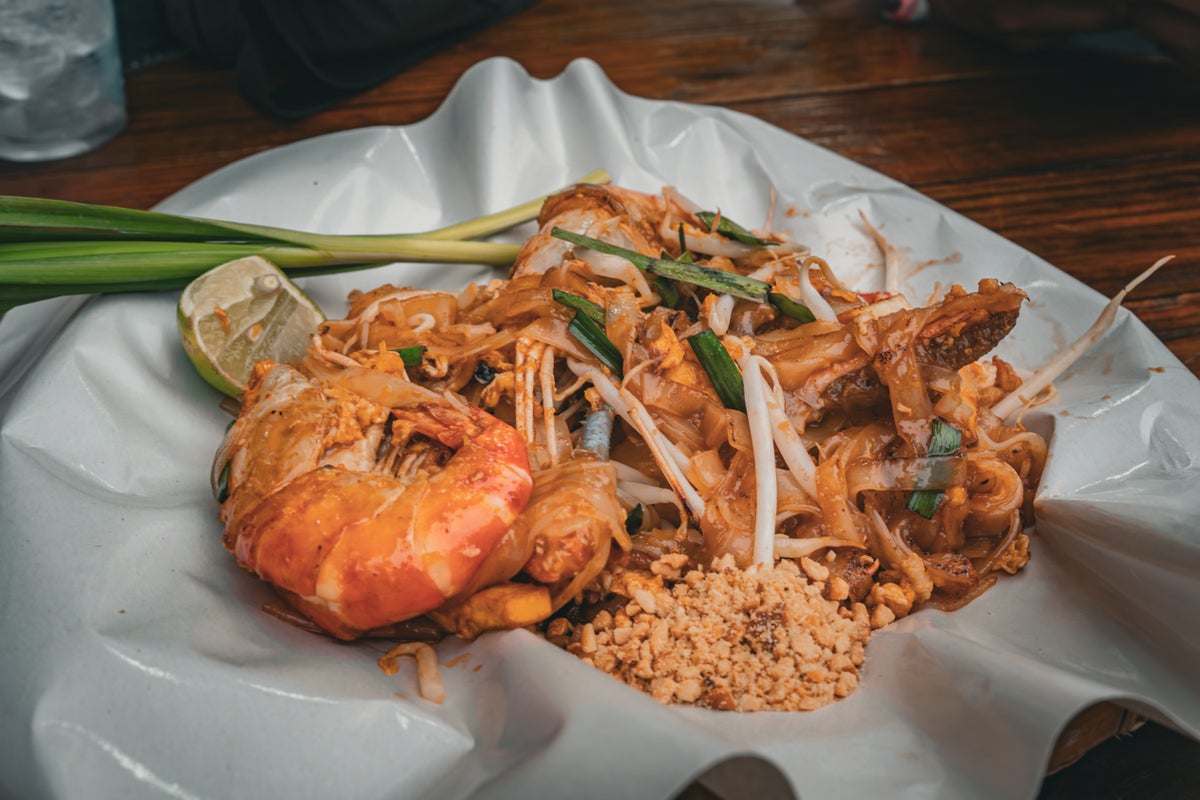Ehsan Haque
Ehsan Haque
Content Contributor
193 Published Articles
Countries Visited: 104U.S. States Visited: 24
Ehsan is an avid traveler who has traveled to over 100 countries, diligently using points and miles to fund his journeys. Currently, he holds 32 active credit cards and earns over a million points and...
Edited by: Michael Y. Park
Michael Y. Park
Senior Editor and Content Contributor
58 Published Articles 1428 Edited Articles
Countries Visited: 60+U.S. States Visited: 50
Michael Y. Park is a journalist living in New York City. He’s traveled through Afghanistan disguised as a Hazara Shi’ite, slept with polar bears on the Canadian tundra, picnicked with the king and que...
& Jestan Mendame
Jestan Mendame
Compliance Associate
1 Published Article 891 Edited Articles
Countries Visited: 12U.S. States Visited: 3
Since 2016, he has embraced the life of a digital nomad, making the world his office. He has built a career in social media marketing and blogging for various travel brands, which is also his bread an...
![How I Spent 3 Days in Bangkok, Thailand [Things To Do, What To Eat]](https://upgradedpoints.com/wp-content/uploads/2025/05/Wat-Paknam-Phasi-Charoen-Bangkok-1.jpg?auto=webp&disable=upscale&width=1200)
